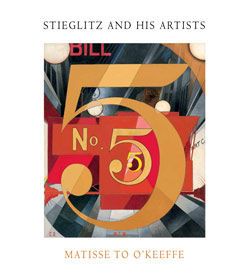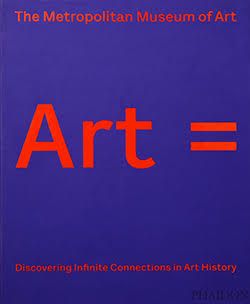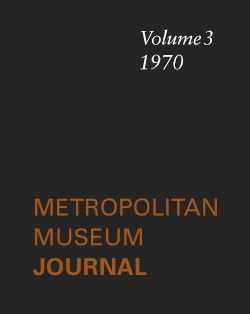From the Faraway, Nearby
Georgia O'Keeffe American
A key component of O’Keeffe’s personal and artistic association with the southwestern United States, particularly New Mexico, was her attraction to animal bones. The painter expounded on their allure in a 1939 exhibition brochure essay, explaining, "I have wanted to paint the desert and I haven’t known how. I always think that I cannot stay with it long enough. So I brought home the bleached bones as my symbols of the desert. To me they are as beautiful as anything I know. To me they are strangely more living than the animals walking around—hair, eyes and all with their tails switching." The painter famously collected, displayed as decor, and painted what she provocatively described on more than one occasion as the boney "trash" littering the desert, so strikingly different from the kinds of urban litter she would have known along the streets of New York City. Indeed, the desert detritus provided distinctive, signature subjects and populate some of her most revered canvases, including, as one particularly iconic example, Cow’s Skull: Red, White, and Blue.
From the Faraway, Nearby and related pictures attest to O’Keeffe’s artistic engagement with bones, usually extended well beyond conventional still life painting. These imaginative, quasi-surreal compositions often incorporate abstract and landscape elements, underscoring the innate energy she believed the bones possessed, in addition to their eternal spiritual ties to their native arid environs. From the Faraway, Nearby features a mule deer skull and antlers levitating over a rather generalized desert landscape. Closer inspection reveals two sets of antlers, which, combined, result in a profusion of writhing horns that nearly fills the composition and recalls the head of Medusa. O’Keeffe omitted any suggestion of a conventional middle ground, choosing, rather, to emphasize a gulf of imagined space between the distant landscape and the deer bones that confront the viewer, a dynamic relationship and difference that resonates with the words "faraway" and "nearby" in the painting’s title.
Intriguingly, O’Keeffe exhibited From the Faraway, Nearby early on as Deer's Horns, Near Cameron, a designation that remained attached to the work until at least 1966. The former title places the scene in Arizona—not New Mexico—specifically near Cameron, a small town on Diné Bikéyah (homelands of the Navajo Nation) close to the Grand Canyon’s southern rim. O’Keeffe visited the region in 1937 during a camping expedition with a friend, photographer Ansel Adams. Consequently, the painter may have intended the landscape element to reference the so-called "Painted Desert," a geological attraction near the town. Likewise, the imposing skull with antlers functions in some capacity as an emblem of the robust mule deer population that still roams this part of Arizona.
While O’Keeffe’s rationale for changing the painting’s title is unknown, her move away from the literal description toward one more poetic emphasizes the composition’s evocative overall effect. Moreover, her inclusion of the words "faraway" and "nearby" provides a discreet personal and private inflection alluding to her relationship with Alfred Stieglitz, who, in correspondence while they were apart, referred to O’Keeffe occasionally as "my Far Away One," "My Great-White-Faraway-So-Near-One," and other variations of this idea.
The deer skull may also surreptitiously signal O’Keeffe’s subject position as a white woman in relation to surrounding Indigenous communities and cultures. Removed by O’Keeffe from its natural environs and "installed" by the artist in a landscape setting of her own imagination, the horned skull begins to register as a prized big game trophy, but from a different kind of hunt, a subject that printmakers, photographers, and painters have commemorated in their work across time and place. In a striking photograph from around 1870 by an unrecorded British maker, an artfully arranged and profuse pile of trophy skulls offers an extreme example. Alexander Pope’s trompe-l’oeil ("deceive the eye") still life of 1887, by marked contrast, presents a more modest selection of trophies, along with the firearm presumably responsible for the kill. In this context, From the Faraway, Nearby, like other O’Keeffe paintings of desert bones, appears to extend the precedent of the trophy hunt picture into the twentieth century. While O’Keeffe did not perpetrate the death of the game she later painted, of course, her collection of this desert "trash" as subject for her art exposes an implicit sense of settler entitlement characteristic of a longer colonialist pattern of simultaneously revering and ravaging Indigenous history and culture.
#2018. From the Faraway, Nearby
This image cannot be enlarged, viewed at full screen, or downloaded.





